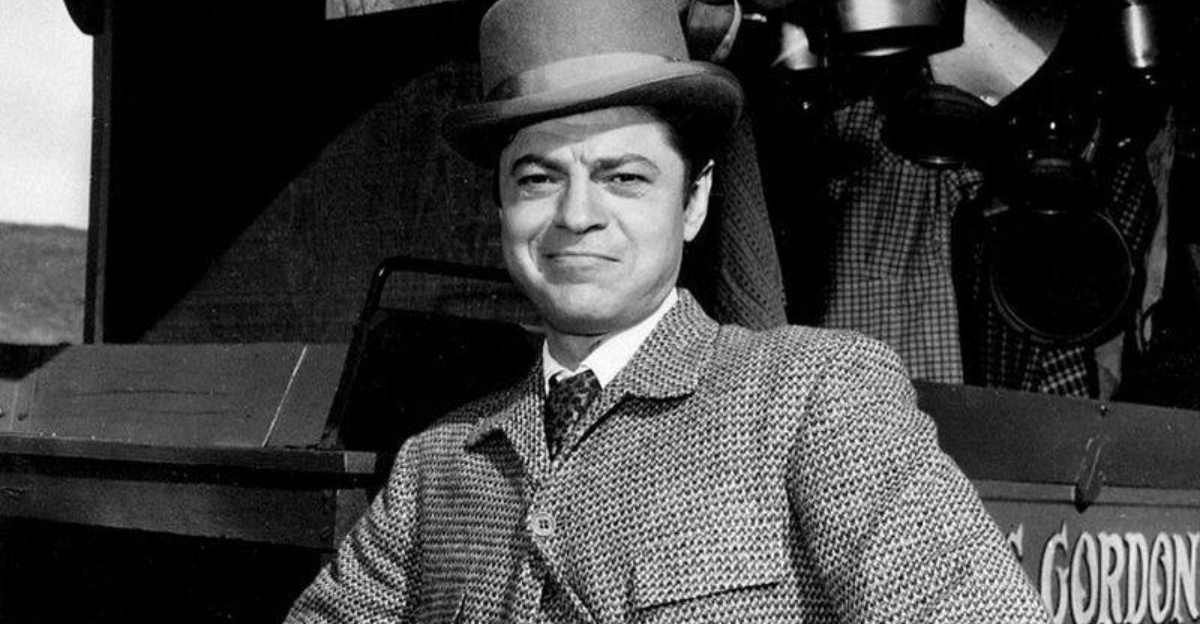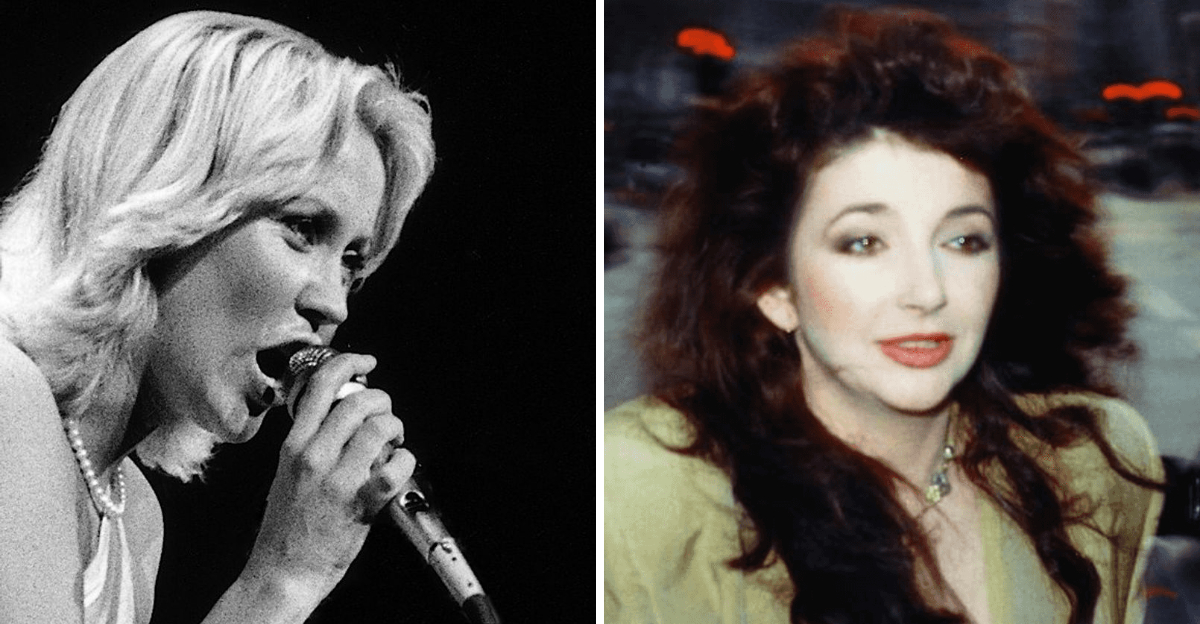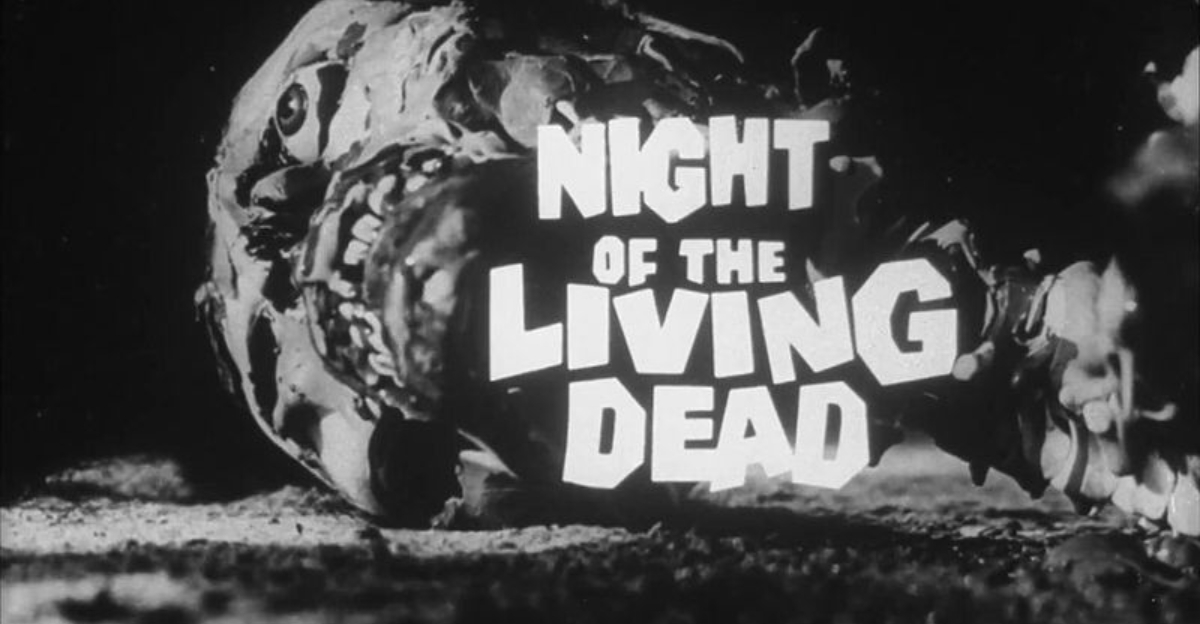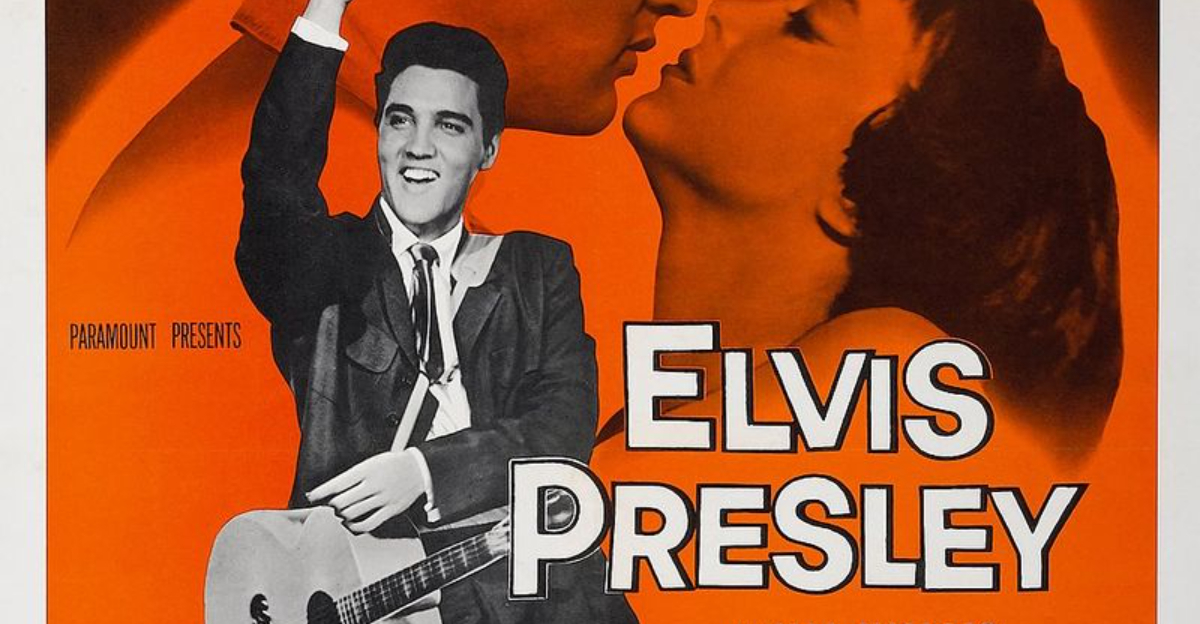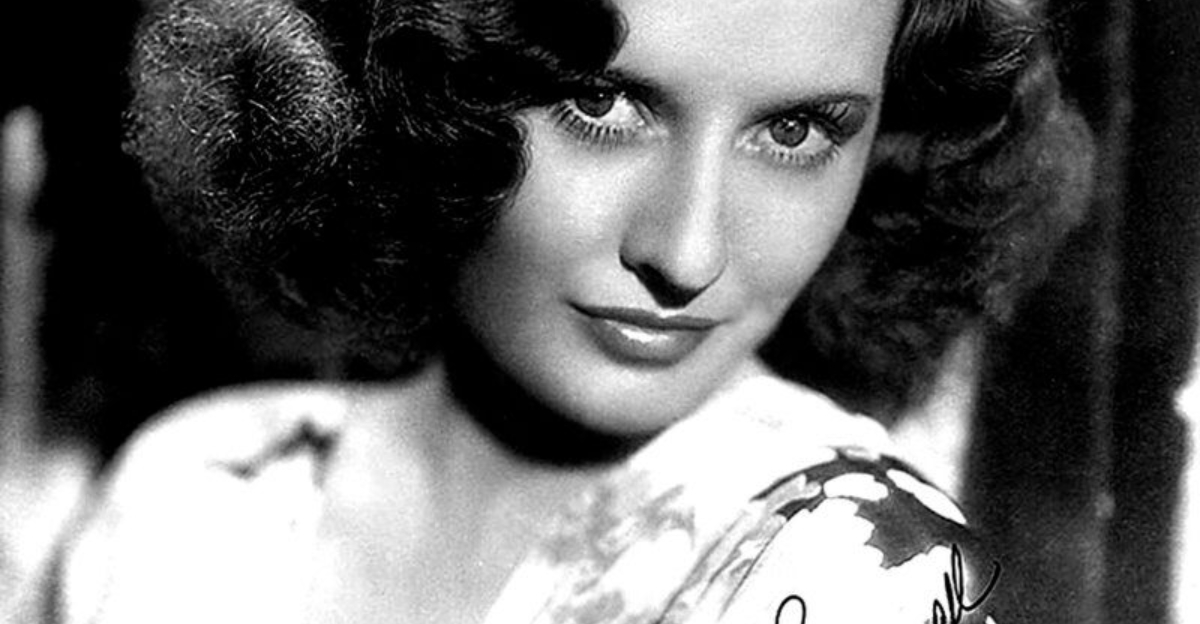The 20 Most Influential Films In Cinematic History
Movies have shaped the way we see the world, share stories, and imagine the impossible.
From early silent reels to today’s massive spectacles, certain films shifted the entire landscape of filmmaking, opening new creative doors and inspiring generations of storytellers.
This list highlights titles that pushed boundaries and sparked fresh visions, all while acknowledging that it’s just one take on cinema’s remarkable journey.
This content is intended for general information and creative discussion about historically significant films. Interpretations of cinematic influence may vary, and the examples provided reflect widely recognized milestones within film history. No endorsements are implied, and viewers should use personal discretion when exploring films that may contain sensitive or mature themes.
1. The Birth Of A Nation (1915)

D.W. Griffith’s epic revolutionized filmmaking techniques, introducing close-ups, fade-outs, and cross-cutting that directors still use today. However, its deeply racist content sparked protests and controversy that continue over a century later.
Despite its problematic legacy, film schools study it for technical innovations that shaped narrative cinema. The movie proved films could tell complex, feature-length stories beyond simple entertainment.
2. Battleship Potemkin (1925)
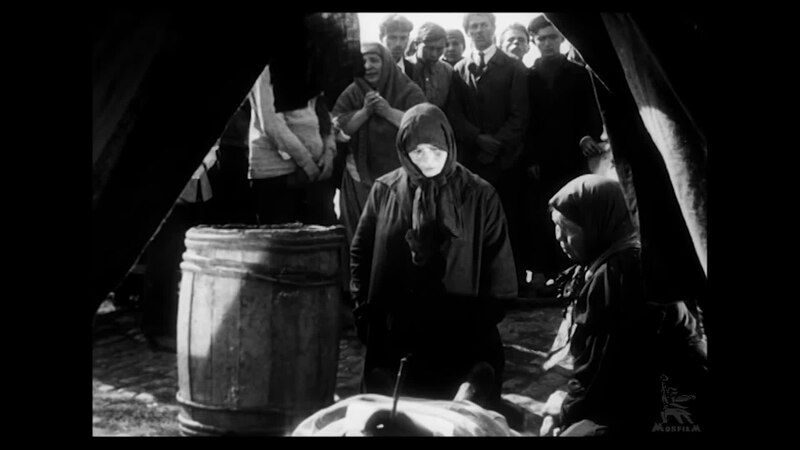
Sergei Eisenstein crafted a masterclass in editing that film students dissect even now. The Odessa Steps sequence became one of cinema’s most referenced scenes ever, inspiring everything from The Untouchables to countless parodies.
Eisenstein’s montage theory changed how filmmakers think about cutting between shots. Quick, rhythmic editing creates emotion and meaning beyond individual images alone.
3. Metropolis (1927)
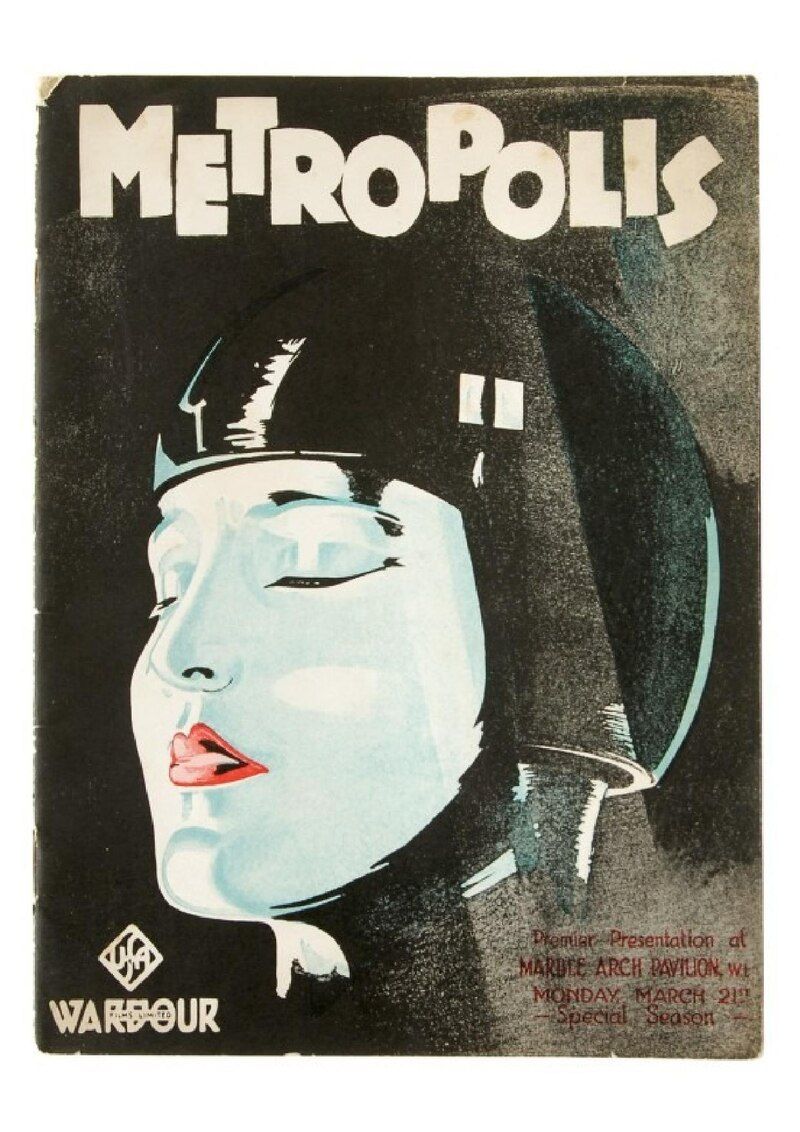
Fritz Lang’s sci-fi masterpiece imagined a future city where workers toil beneath while elites party above. The robot Maria became an instant icon, influencing everything from Star Wars‘ C-3PO to countless android designs.
Though silent, its visual storytelling speaks volumes about class struggle and technology’s double-edged nature. Special effects wizardry still impresses audiences nearly 100 years later!
4. The Jazz Singer (1927)
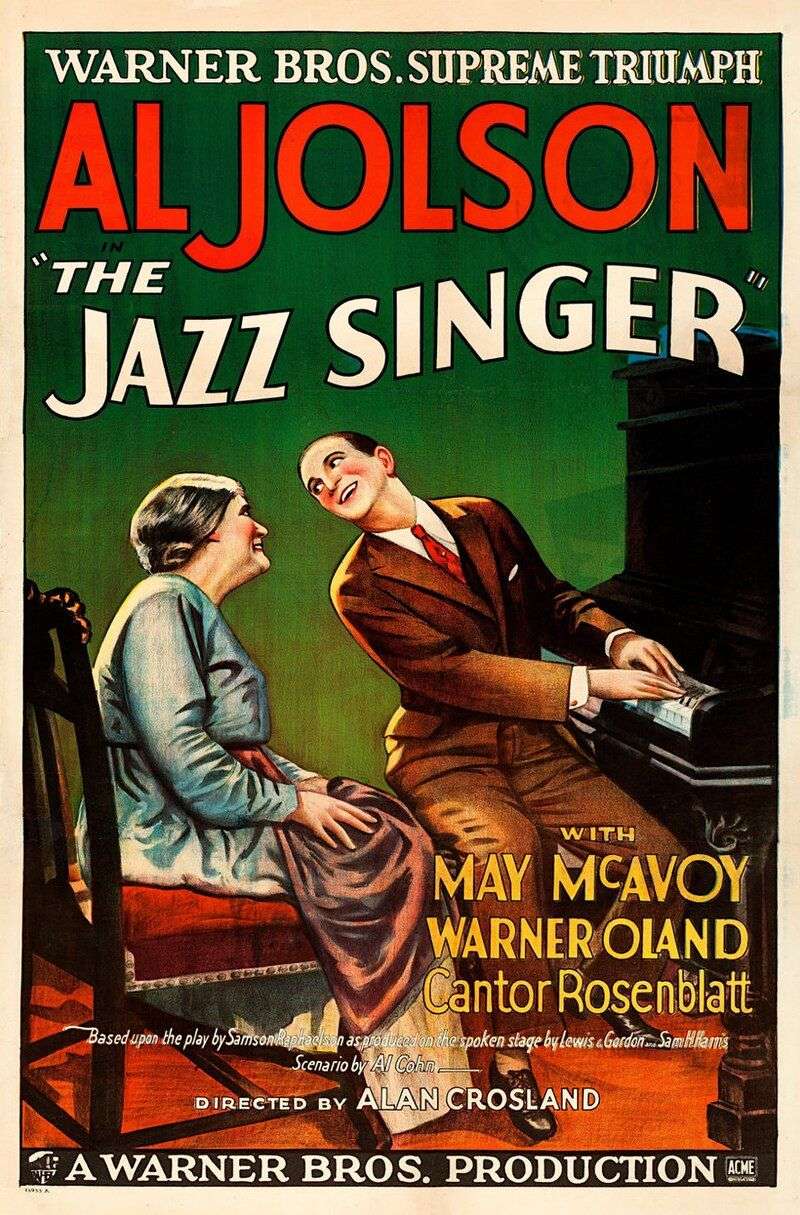
When Al Jolson spoke the words “You ain’t heard nothin’ yet,” silent cinema died overnight. This wasn’t technically the first sound film, but it made “talkies” commercially unstoppable.
Hollywood scrambled to install sound equipment everywhere, and many silent stars saw careers vanish because their voices didn’t match expectations. Cinema would never be silent again, fundamentally transforming the entire industry.
5. Snow White And The Seven Dwarfs (1937)
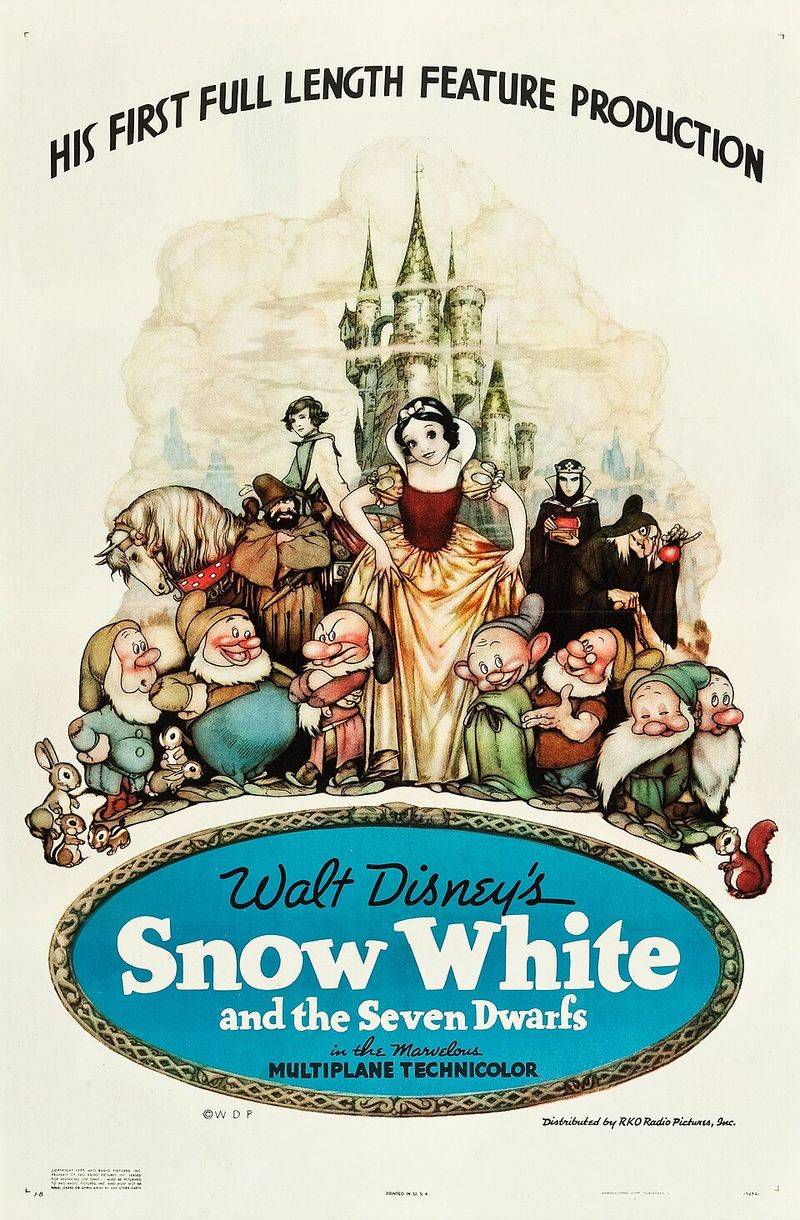
Critics called it “Disney’s Folly,” predicting audiences wouldn’t sit through a feature-length cartoon. Boy, were they wrong! Walt Disney’s gamble created the animation industry as we know it.
The multiplane camera gave scenes stunning depth, while character animation reached new emotional heights. Every animated feature since owes something to Snow White’s groundbreaking artistry and storytelling courage.
6. Citizen Kane (1941)
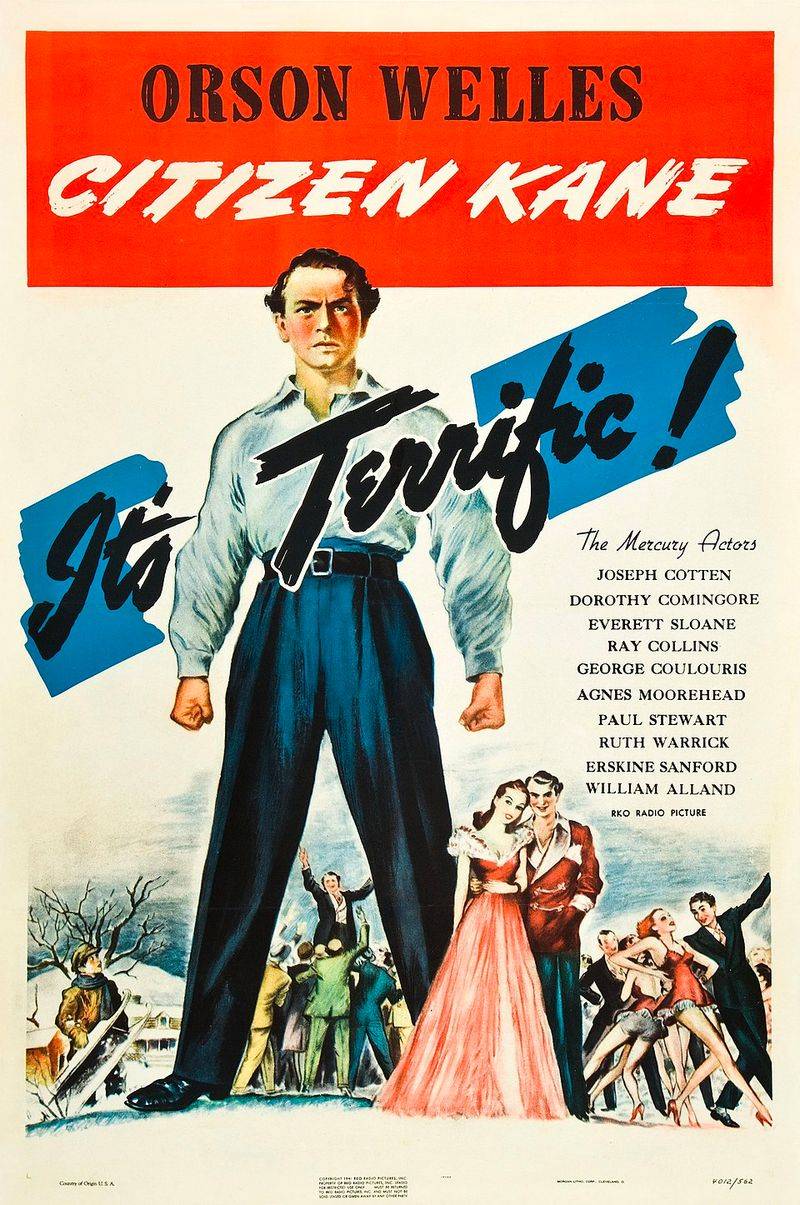
Orson Welles was only 25 when he revolutionized cinema with deep focus photography, innovative sound design, and non-linear storytelling. “Rosebud” became film’s most famous mystery word.
Cinematographer Gregg Toland’s deep focus kept foreground and background sharp simultaneously, changing visual storytelling forever. Though initially a box office disappointment, it’s now considered cinema’s greatest achievement by many critics.
7. Bicycle Thieves (1948)
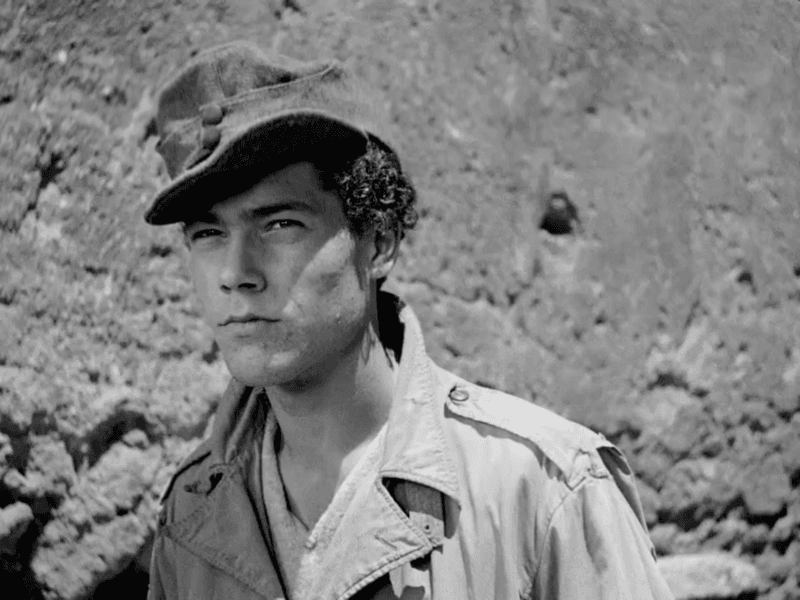
Vittorio De Sica used non-professional actors and real Rome locations to tell a heartbreaking story of poverty and desperation. Italian Neorealism was born, proving films didn’t need Hollywood glamour to move audiences.
A stolen bicycle becomes a father’s entire world, showing how economic hardship crushes dignity. Independent filmmakers worldwide still draw inspiration from its raw, authentic approach to storytelling.
8. Rashomon (1950)
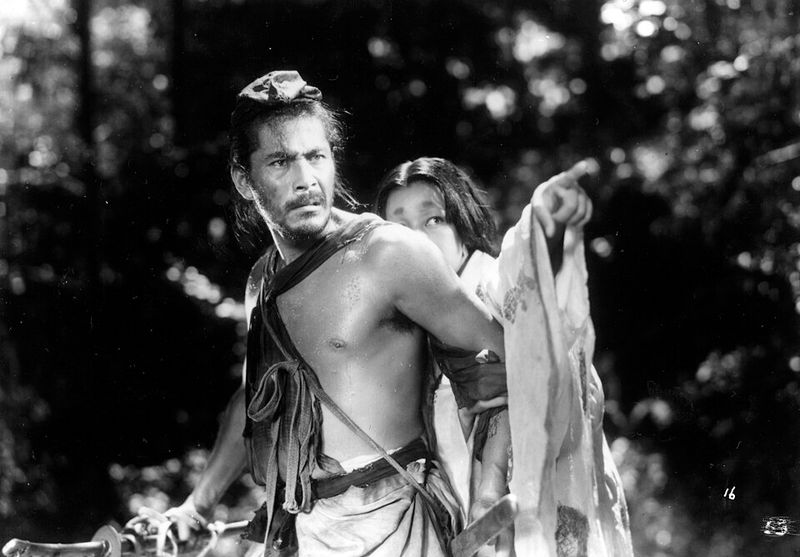
Akira Kurosawa introduced Western audiences to Japanese cinema while revolutionizing narrative structure itself. Four witnesses tell completely different versions of the same crime, leaving truth beautifully ambiguous.
The “Rashomon effect” entered psychology and law, describing how perception shapes reality. Kurosawa’s visual poetry, from dappled sunlight to torrential rain, influenced filmmakers like George Lucas and Steven Spielberg immensely.
9. Seven Samurai (1954)

Kurosawa strikes again with this three-hour epic about warriors defending a village from bandits. Every action movie team since borrows this “assemble the crew” formula, from The Magnificent Seven to The Avengers.
Dynamic action choreography, character development through gesture, and rain-soaked battle sequences set new standards. Hollywood remade it multiple times, but Kurosawa’s original remains unmatched in emotional power and visual mastery.
10. Psycho (1960)
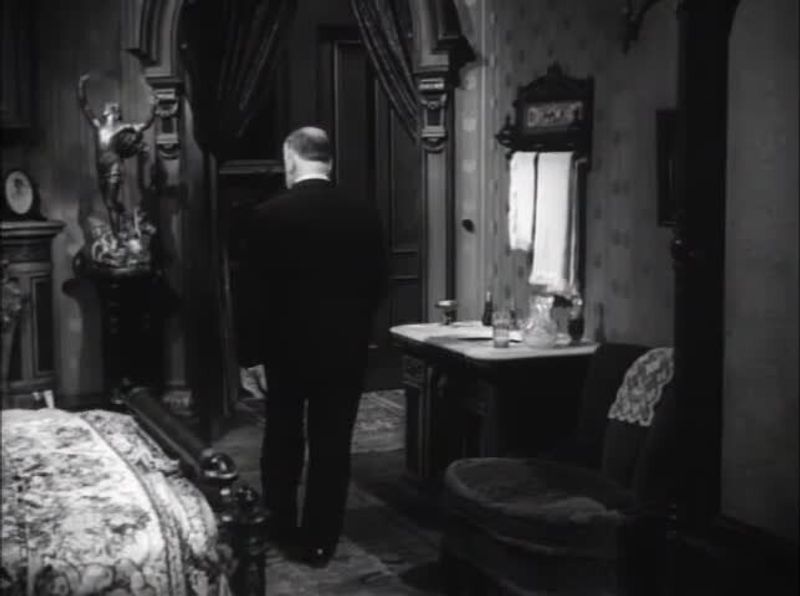
Alfred Hitchcock shocked audiences by killing his star, Janet Leigh, only 30 minutes in. The shower scene became cinema’s most famous murder, using chocolate syrup for blood and rapid-fire editing for terror.
Bernard Herrmann’s shrieking violins still make people nervous about showering alone. Psycho proved horror could be psychological and artistic, not just cheap thrills, elevating the entire genre permanently.
11. Breathless (1960)
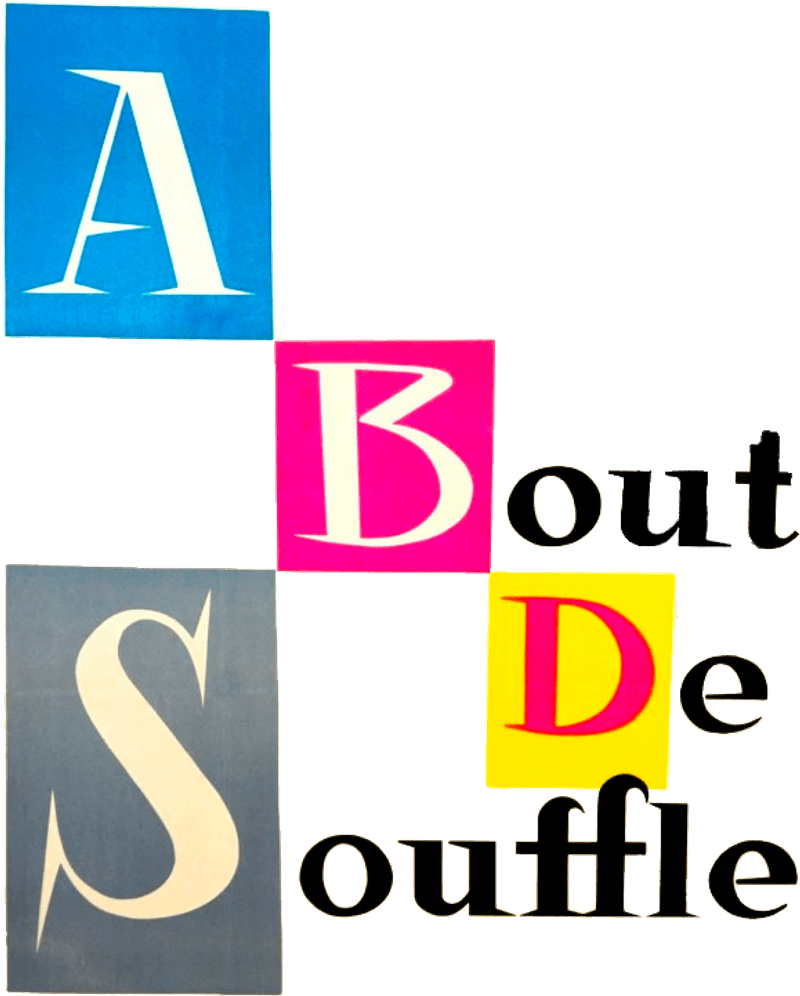
Jean-Luc Godard threw out Hollywood’s rulebook with jump cuts, handheld cameras, and characters who talk directly to viewers. The French New Wave exploded onto screens, making cinema feel fresh and rebellious.
Shot on tiny budgets in real Paris locations, it proved you didn’t need studios to make art. Independent filmmakers everywhere suddenly realized they could grab cameras and tell stories their own way, rules be darned!
12. Lawrence Of Arabia (1962)
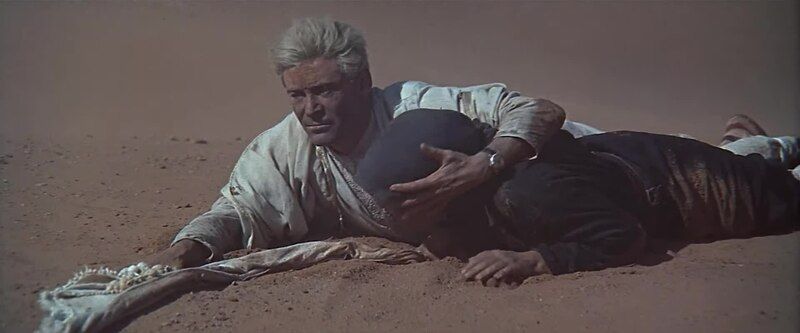
David Lean’s desert epic proved spectacle and substance could coexist beautifully. Peter O’Toole’s blue-eyed portrayal of T.E. Lawrence captured both heroism and psychological complexity across nearly four hours.
Cinematographer Freddie Young’s 70mm desert vistas remain breathtaking, showing why some films demand big screens. The bridge explosion and desert crossing sequences set benchmarks for action filmmaking that endure decades later.
13. 2001: A Space Odyssey (1968)
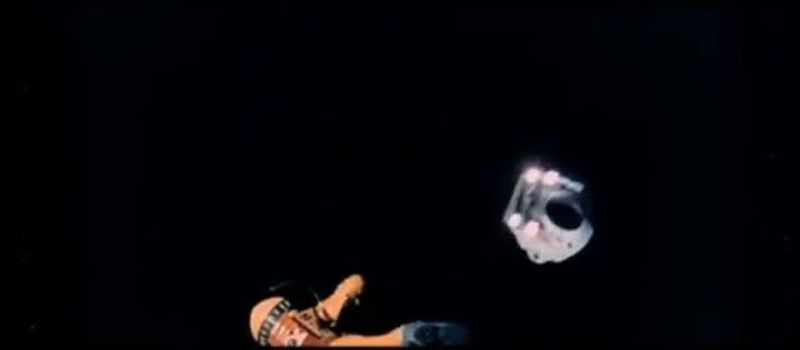
Stanley Kubrick and Arthur C. Clarke asked big questions about humanity’s place in the universe, answering with stunning visuals and minimal dialogue. HAL 9000 became cinema’s most terrifying artificial intelligence.
Practical effects, created years before CGI, still look realistic today. The psychedelic star gate sequence and ambiguous ending sparked endless debates, proving sci-fi could be philosophical art rather than just laser battles and aliens.
14. The Godfather (1972)

Francis Ford Coppola transformed crime films into Shakespearean tragedy, making audiences sympathize with mobsters. Marlon Brando’s cotton-cheeked Don Corleone and that cat became instantly iconic.
Gordon Willis’s dark cinematography earned the nickname “Prince of Darkness,” while Nino Rota’s score perfectly blends menace and nostalgia. Every gangster film since lives in The Godfather‘s shadow, trying to capture its perfect blend of family drama and violence.
15. Jaws (1975)

Steven Spielberg’s malfunctioning mechanical shark became a happy accident. Forced to suggest rather than show the creature, he created unbearable suspense with John Williams’ legendary two-note theme.
The summer blockbuster was born, changing Hollywood’s release strategies forever. Suddenly studios realized huge marketing campaigns and wide releases could mint money, transforming the entire film industry’s business model and cultural impact permanently.
16. Star Wars: Episode IV – A New Hope (1977)
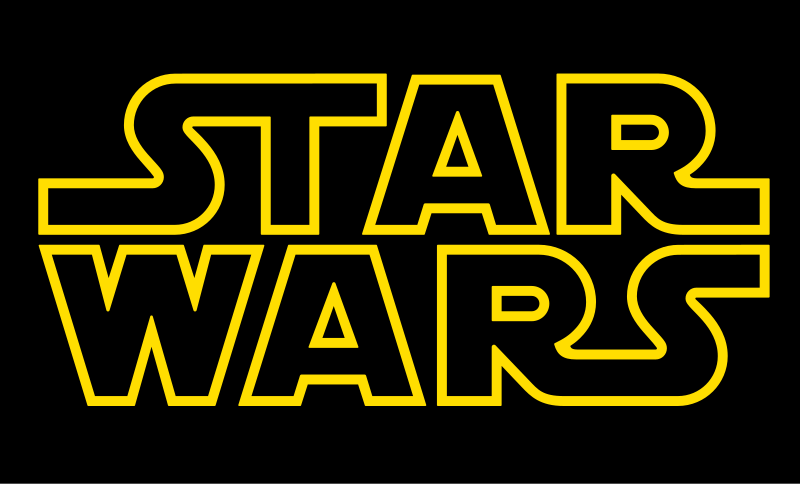
George Lucas combined samurai films, WWII dogfights, and Joseph Campbell’s hero’s journey into space opera magic. Industrial Light & Magic pioneered special effects that made audiences believe in galaxies far, far away.
Merchandising, sequels, and franchises became Hollywood’s obsession after Star Wars printed money. Beyond business impact, it reminded cynical 1970s audiences that movies could inspire wonder, hope, and pure imagination again.
17. Blade Runner (1982)
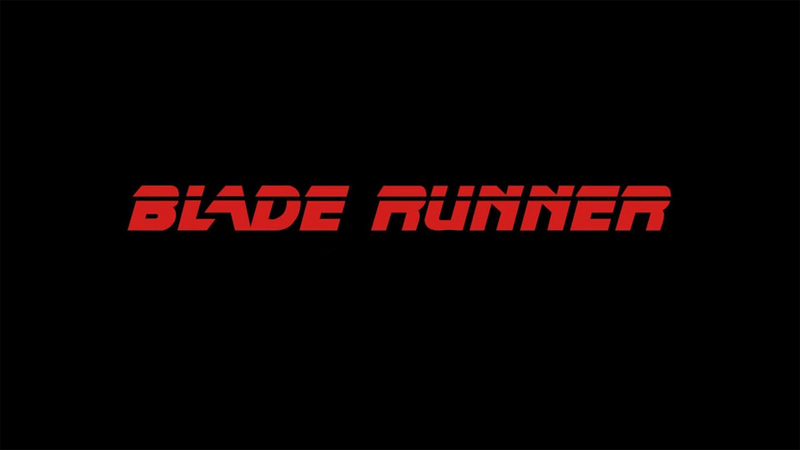
Ridley Scott’s neon-soaked future questioned what makes us human through replicants seeking more life. Initially flopping at box offices, it became the most influential sci-fi aesthetic ever created.
Vangelis’ synth score and rain-drenched visuals defined cyberpunk before the term existed. Every dystopian future since, from The Matrix to Cyberpunk 2077, borrows from Blade Runner‘s visionary design and philosophical depth about consciousness itself.
18. Pulp Fiction (1994)

Quentin Tarantino shuffled chronology like a deck of cards, proving non-linear storytelling could work commercially. Suddenly everyone quoted Scripture before shooting, danced the twist, and debated what’s in Marsellus Wallace’s briefcase.
Independent cinema exploded after Miramax’s scrappy film conquered Hollywood. Tarantino’s pop-culture-soaked dialogue and genre-mixing approach influenced a generation of filmmakers who realized rules existed to be gleefully, creatively broken.
19. Toy Story (1995)
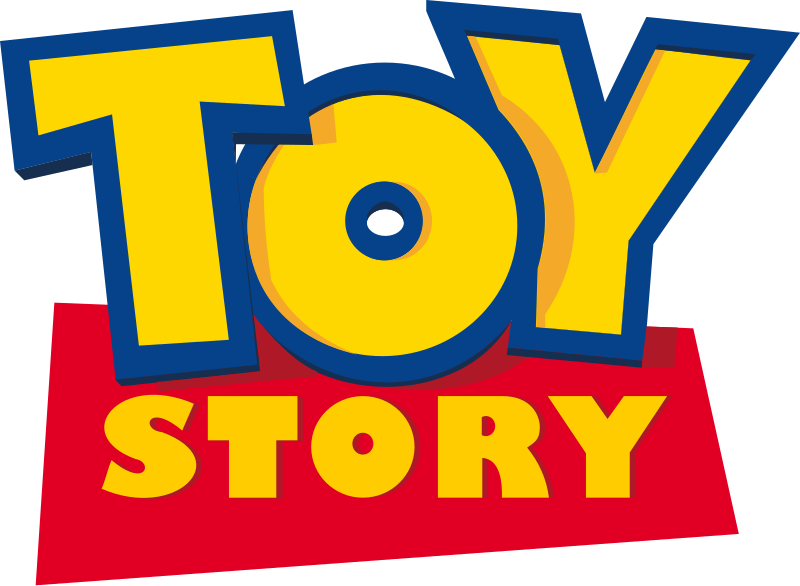
Pixar’s gamble on the first fully computer-animated feature changed animation forever. Woody and Buzz proved CGI characters could make audiences laugh, cry, and believe toys really come alive when we leave rooms.
Traditional hand-drawn animation began declining as studios rushed toward digital futures. Beyond technology, Toy Story showed animated films could appeal to adults and children equally, elevating storytelling expectations across the entire medium permanently.
20. The Matrix (1999)

The Wachowskis asked “What is real?” while Neo dodged bullets in slow motion. Bullet time photography, wire-fu choreography, and cyberpunk philosophy created a mind-bending action masterpiece.
Suddenly everyone wore black trench coats and debated simulation theory at parties. The Matrix influenced action choreography, special effects, and sci-fi storytelling while making philosophy cool again. Its green-tinted digital aesthetic defined the late ’90s zeitgeist perfectly.

